1914 midway gardens interior "cube" fountain head fragment added to bldg. 51 museum
This entry was posted on March 15 2017 by Eric
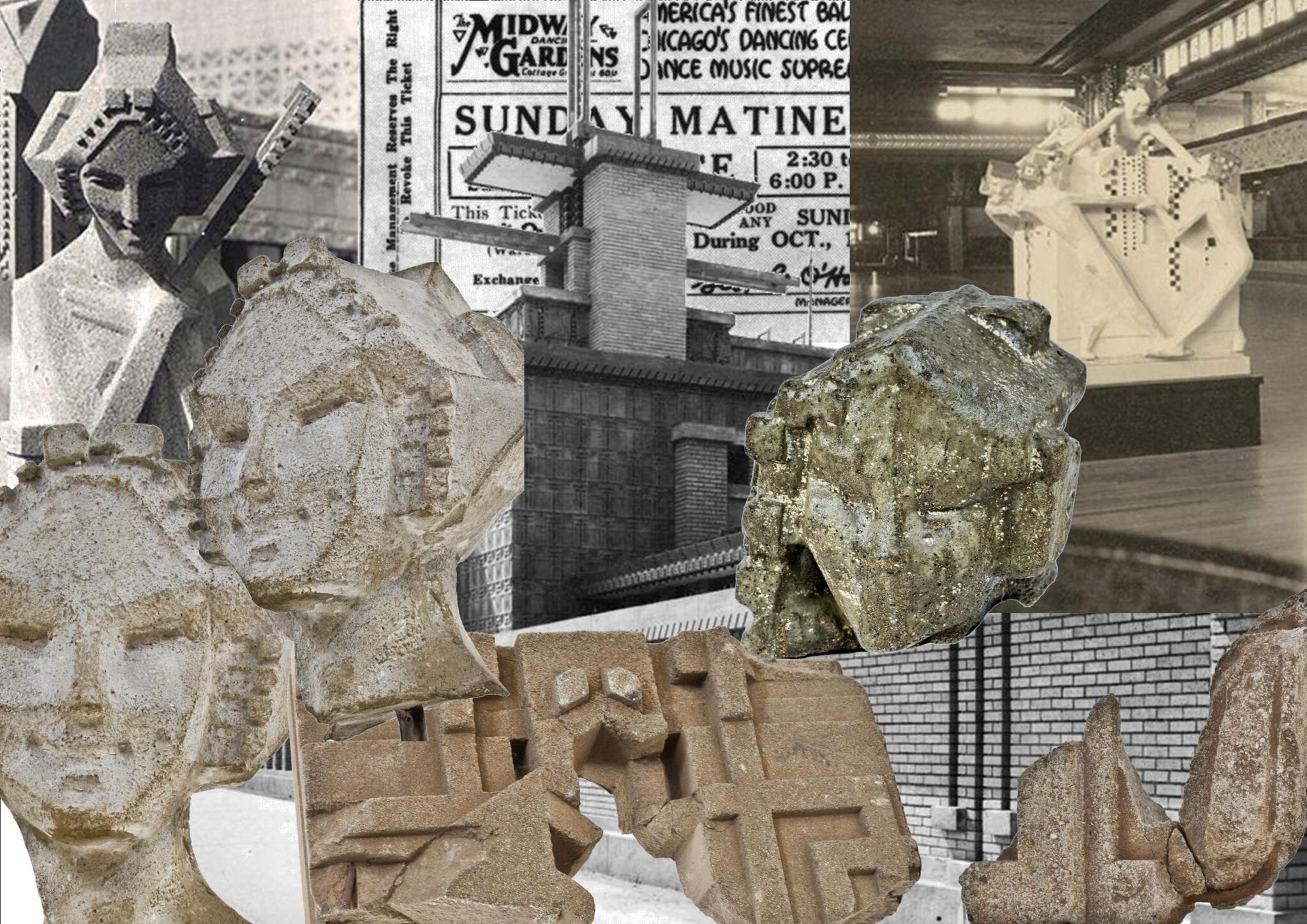
the bldg. 51 museum recently acquired yet another, well-executed full-scale alfonso iannelli-designed midway gardens figural head - cast from a plaster mold taken directly off the only known surviving fragment rescued from the massive "cube" fountain housed within frank lloyd wrights 1914 midway garden's indoor entertainment complex (demolished in 1929). the fountain head fragment is a welcomed addition to the bldg. 51 museums's collection of both original and recreated concrete fragments from midway gardens.
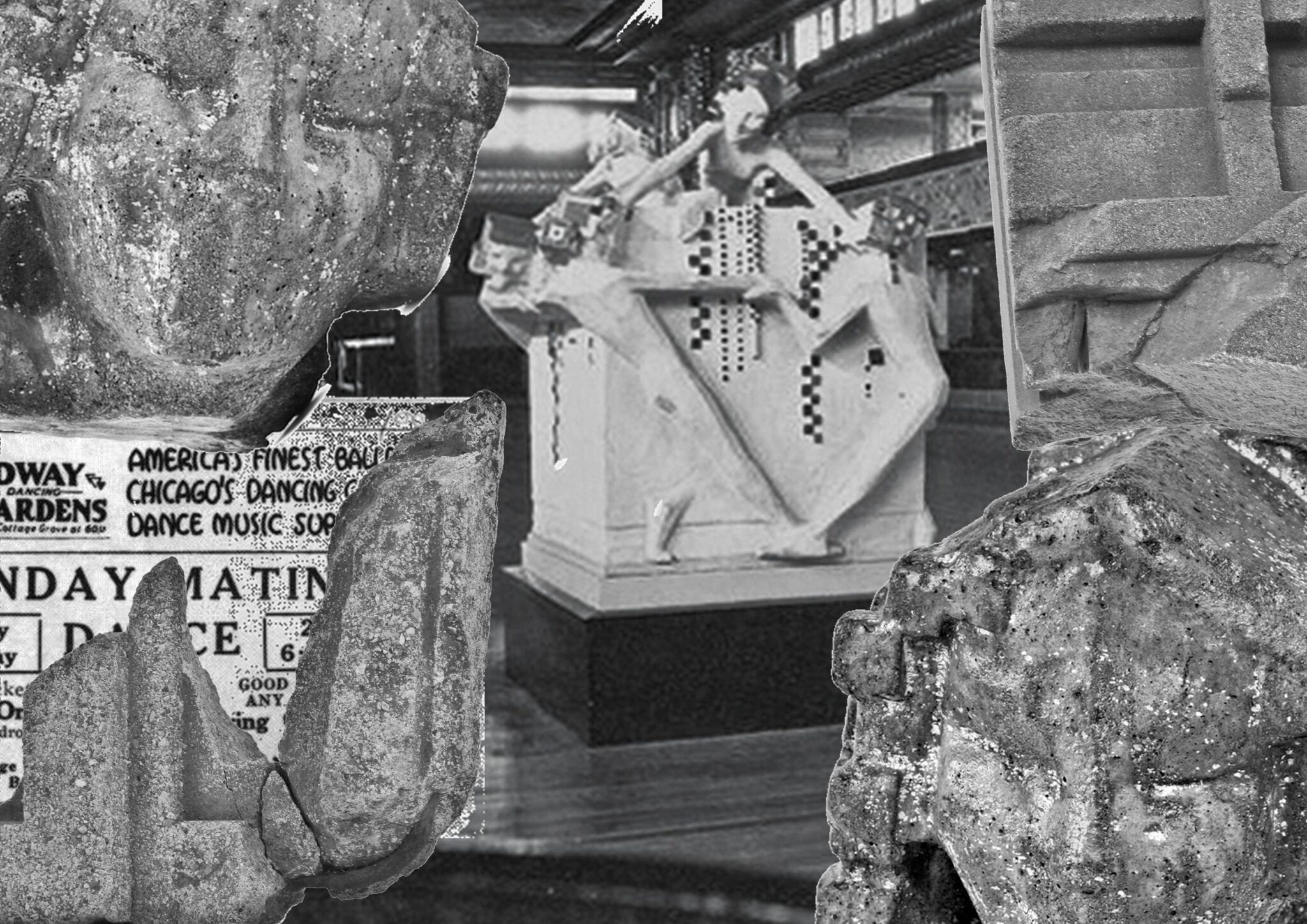
the abstract figural sculpture is comprised of cast concrete with material and finish identical to the original. the architectural fragment has been mounted on a custom-built welded joint stand, comprised of a solid steel rod affixed to a flat heavy gauge steel plate with a brushed metal finish for display in the museum.
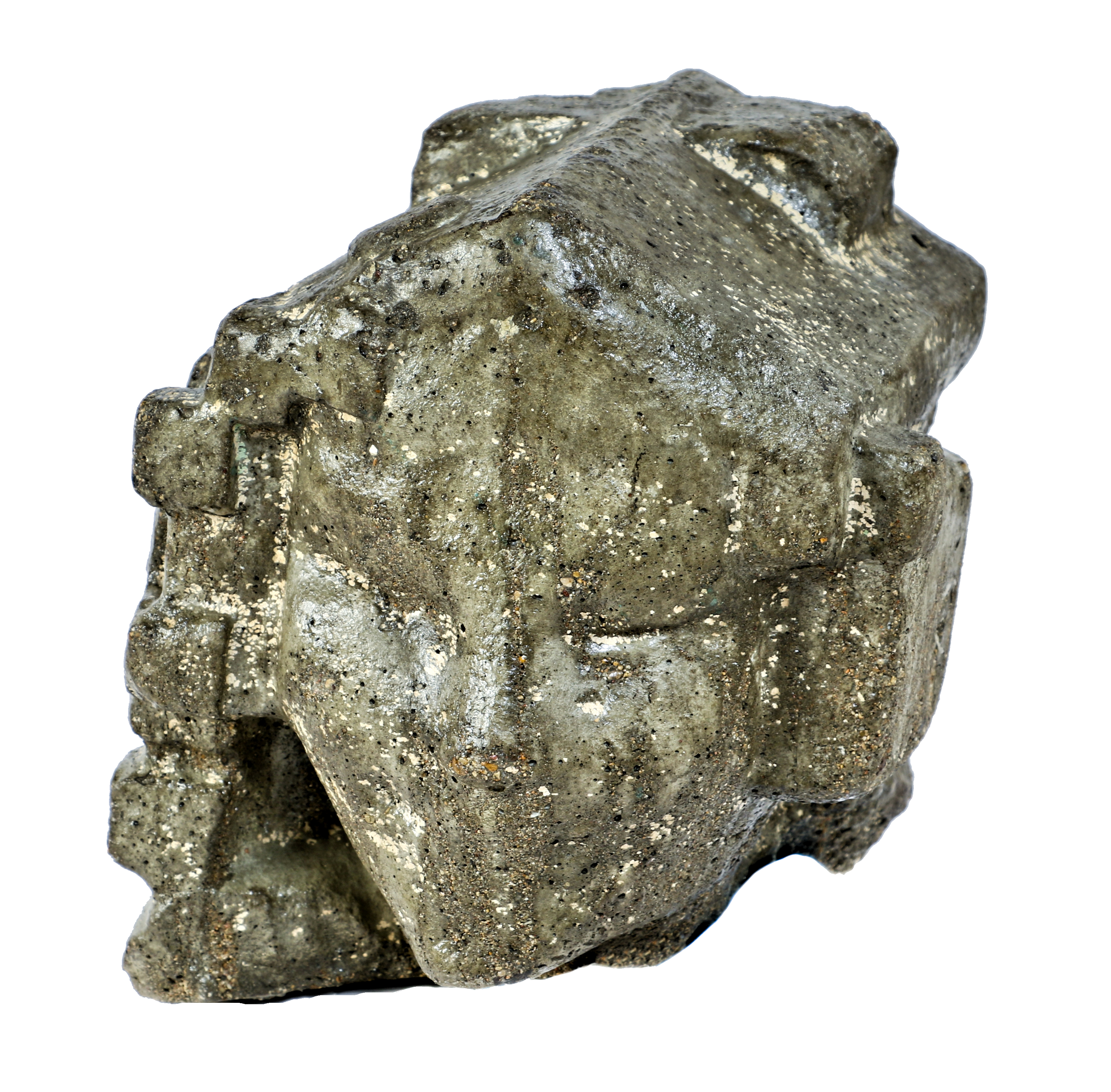
the original fragment was rescued in 1939 by taliesin apprentice edgar tafel who visited the midway gardens site demolition while supervising the lloyd lewis house in libertyville, an affluent northern suburb of chicago. during his visit, there was still a great deal of rubble scattered across the site, including the broken head from the massive indoor fountain. the face was slightly eroded over time from facing up (i.e., exposed to the elements) while resting in the rubble. since the back of the head was partially buried, the detailing remains sharp. the head was later handed over (reluctantly) to the lewis family after they managed to convince tafel to give it to them. there is no record indicting what became of the original fragment.
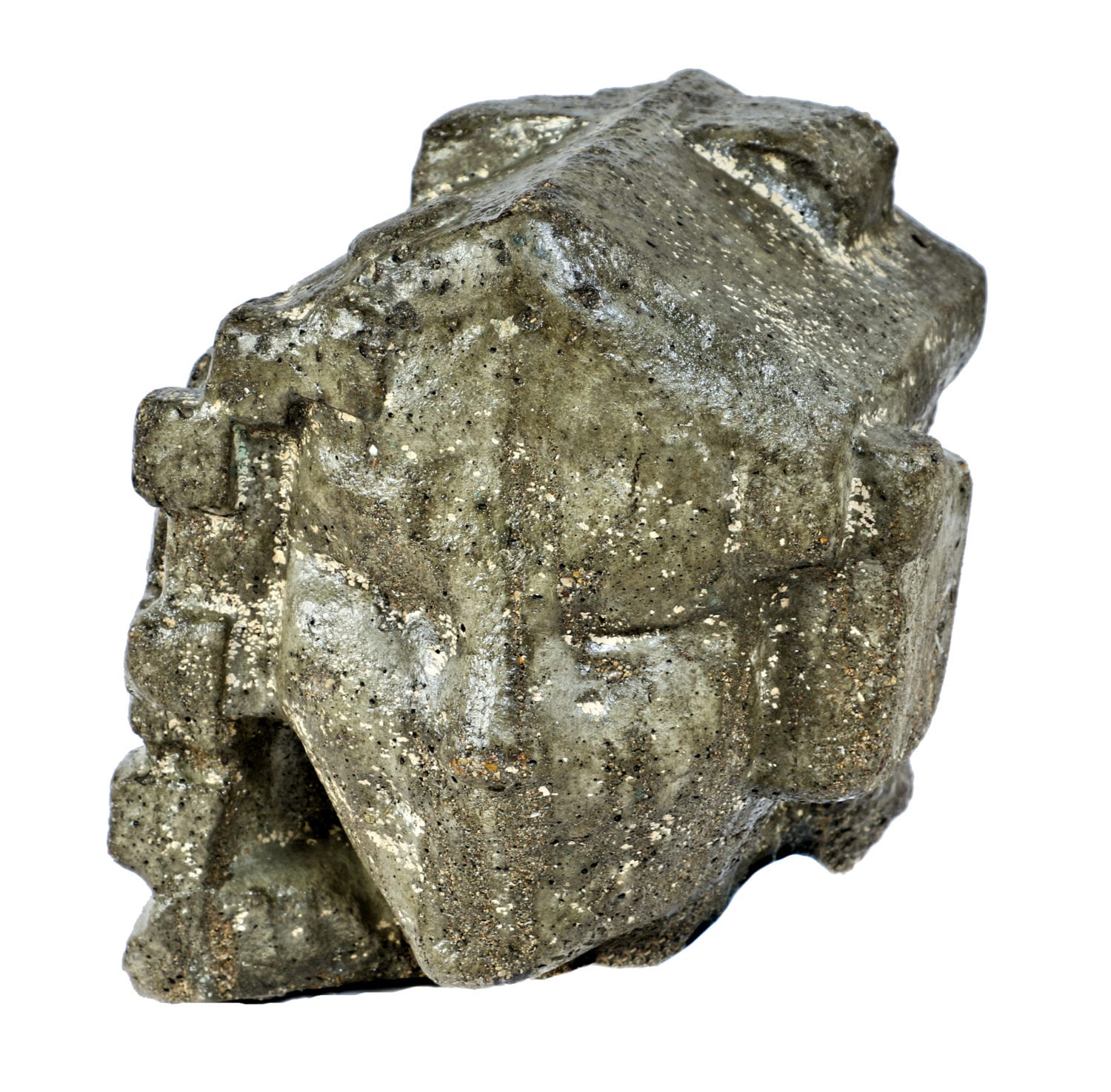
midway gardens (opened in 1914, demolished in 1929) was a 300 ft. square indoor/outdoor entertainment facility in the hyde park neighborhood on the south side of chicago. it was designed by architect frank lloyd wright, who also collaborated with sculptors richard bock and alfonso iannelli on the famous “sprite” sculptures adorning the facility. under wrights supervision. iannelli and bock designed all but two of the sprites, and craftsman/cement expert, ezio orlandi, cast them.

designed to be a european–style concert garden with space for year-round dining, drinking, and performances, midway gardens hosted notable performers and entertainers, but struggled financially year after year until october of 1929 when the structure was demolished. midway gardens was opened on the site of the former sans souci amusement park on the southwest corner of cottage grove avenue and east 60th street. edward c. waller commissioned frank lloyd wright to design and build the gardens in 1914. construction was completed very quickly, and the complex opened in june of 1914.
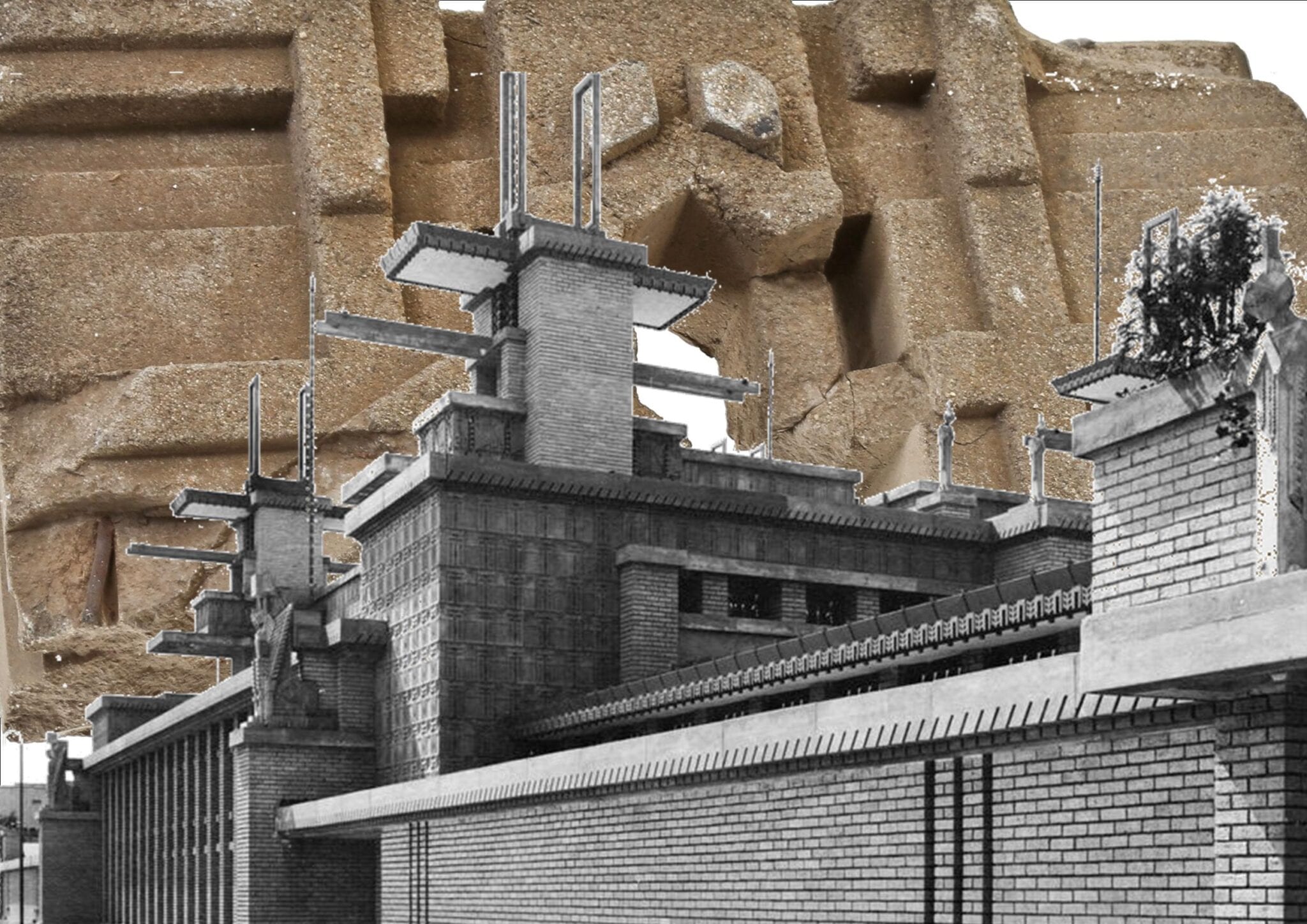
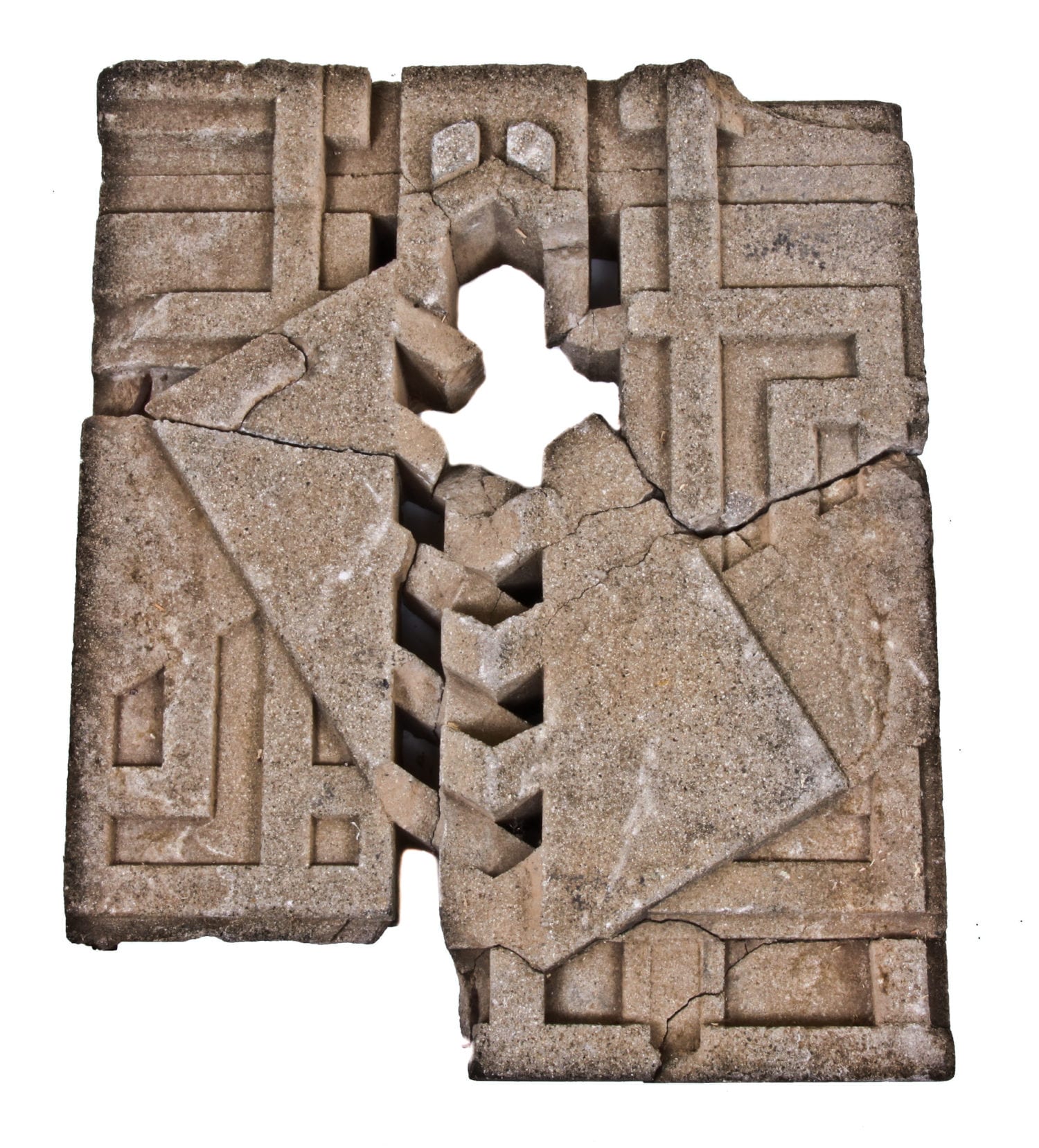
the modernist architecture of the gardens was based on strict geometrical forms designed by wright. a large, open–air central area, filled with tables and chairs, was ringed by a series of three–story buildings with indoor spaces for dancing and other activities, as well as cantilevered balconies with overhanging roofs. there were terraced gardens, pools, and a music pavilion and stage.the building itself was made of yellow brick and patterned concrete block. it featured highly intricate ornament and many geometric sculptures, which frank lloyd wright named “sprites” and were co-designed with alfonso ianelli.
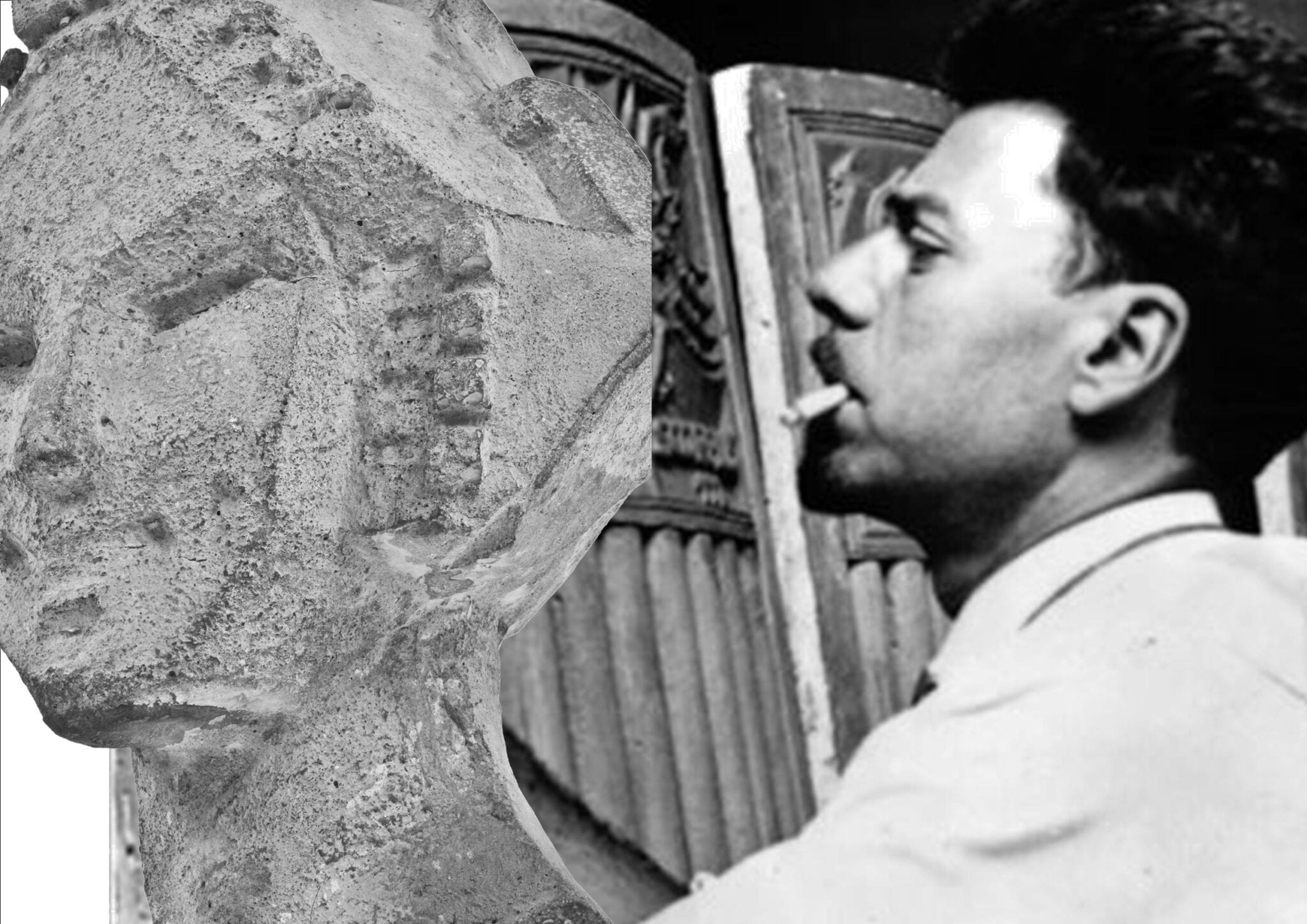
in keeping with wright's style, the building also featured rows of art glass and hidden entries. the interior was likewise intricately ornamented and filled with wright designed furniture and accoutrements, right down to the napkin rings. midway gardens was an indoor/outdoor entertainment center intended to act as a beer hall and concert/dance hall which featured bands including the midway gardens orchestra. the large area (equivalent to a city block) offered entertainment to a wide variety of people in a german-style meeting place.
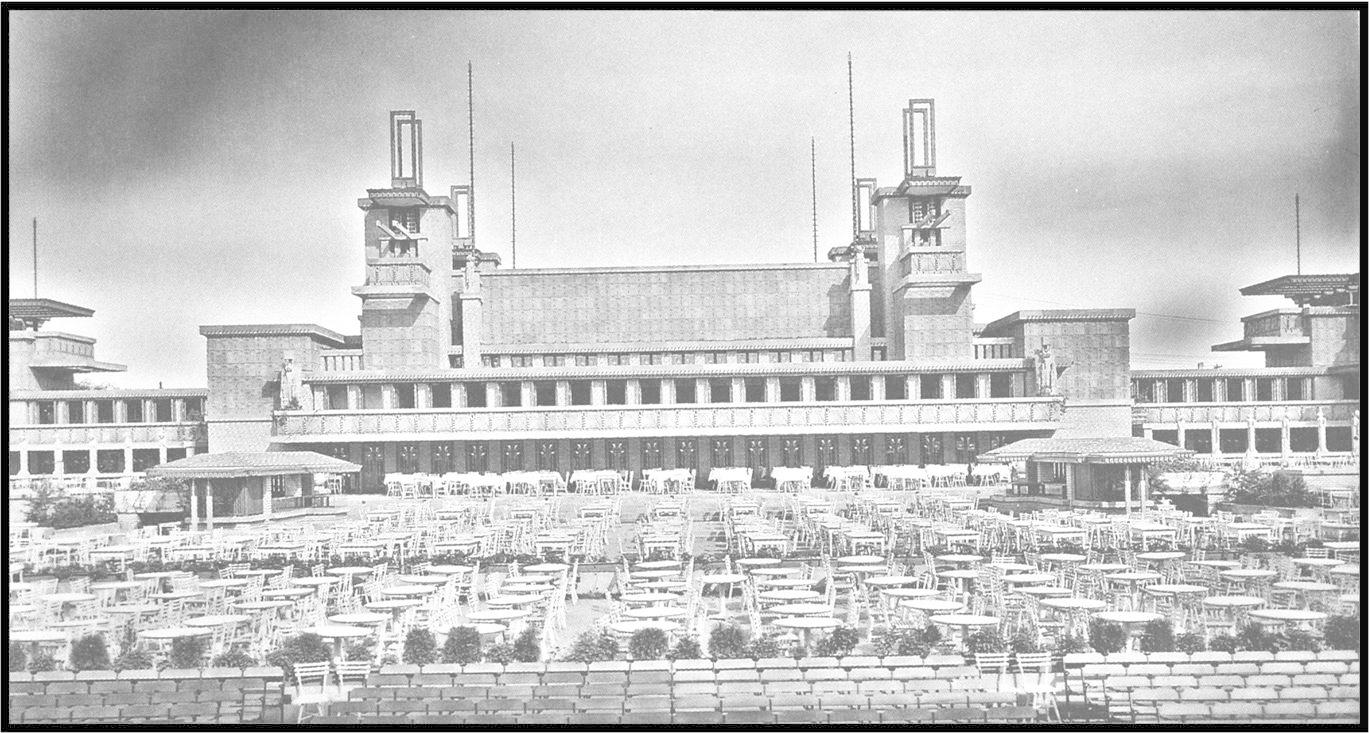
the gardens included restaurants, saloons, newspaper and cigar stands, and arcades. when prohibition was passed, the gardens lost part of their entertainment value. when it opened, midway gardens was an upscale entertainment venue that was also affordable to the common person. max bendix and the national symphony orchestra frequented the concert section because they were the "house band". the ballet dancer anna pavlova performed numerous times as well. frank lloyd wright brought in popular acts to sing, dance, and play music, which created a bourgeois environment.
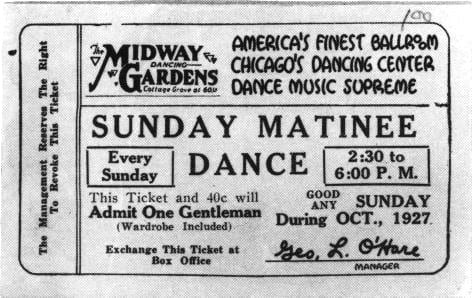
after it became edelweiss gardens, however, the high class atmosphere switched to one of vaudeville, ragtime, and cabaret. in the beginning, business was strong, but waller never could provide adequate funding to back the construction and upkeep of midway gardens and declared bankruptcy in march 1916. at this point, midway gardens was purchased by the edelweiss (schoenhofen) brewery company and renamed “edelweiss gardens”. wright, who generally exerted strong creative control over his completed projects, was disgusted by the aesthetic changes the new owner made to the gardens, writing that edelweiss had added "obnoxious features" and that the whole effect of "the proud midway gardens" "was cheapened to suit a hearty bourgeois taste." edelweiss gardens continued through the war years (closing briefly in 1918) and stayed open as a dry establishment during prohibition. in 1921, the building was sold once more, to the e. c. dietrich midway automobile tire and supply company, and renamed “the midway dancing gardens."
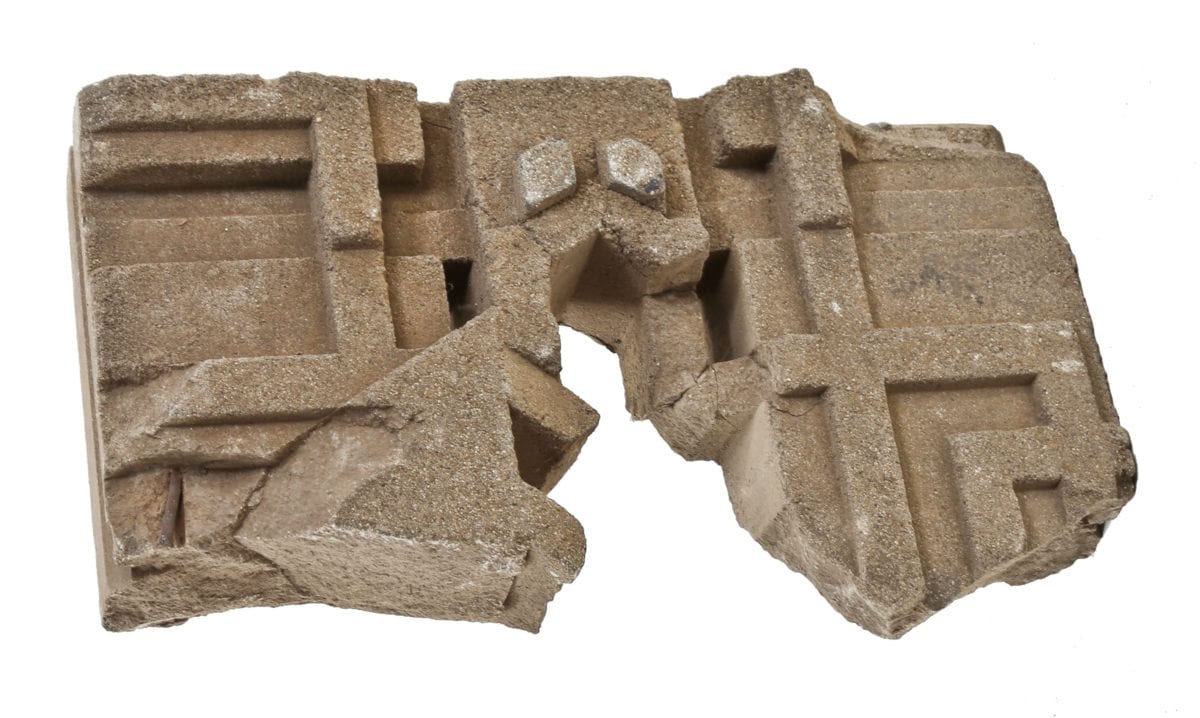
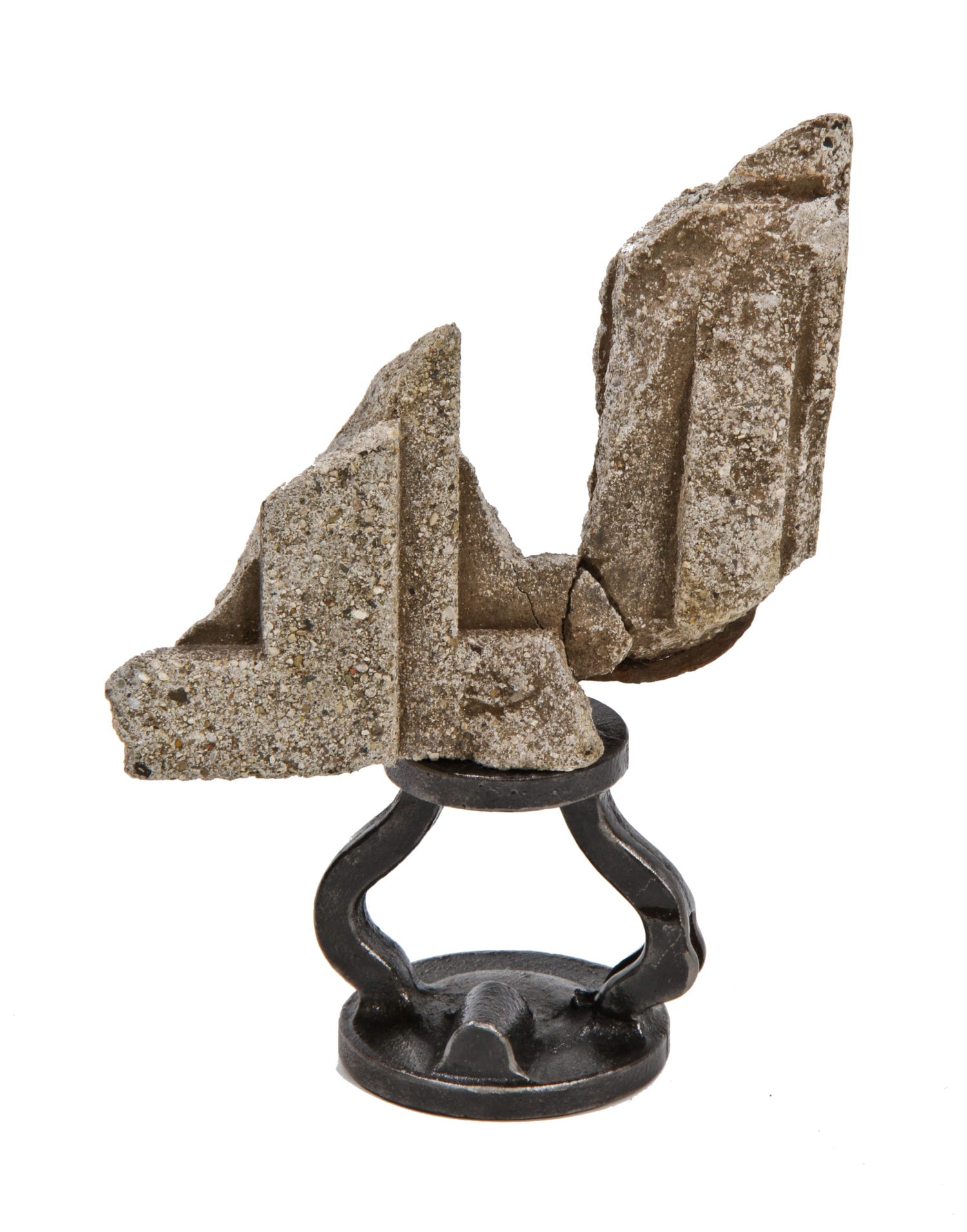
finally, in october 1929, midway gardens was closed permanently and demolished. a testament to wright's design, the building was so solidly constructed that tearing it down sent the wrecking company into bankruptcy. the majority of the rubble was bulldozed into lake michigan to be used as a breakwall. several of the sprites and cement blocks survived the demolition because the original sculptor, iannelli, managed to retrieve a few segments. also, demolition contractor, william j. newman took several sculptures and cement blocks to his farm in wisconsin. many years later when wright heard of their survival, he purchased them and they remained with his estate. other sculptures that escaped demolition are in private collections and museums.
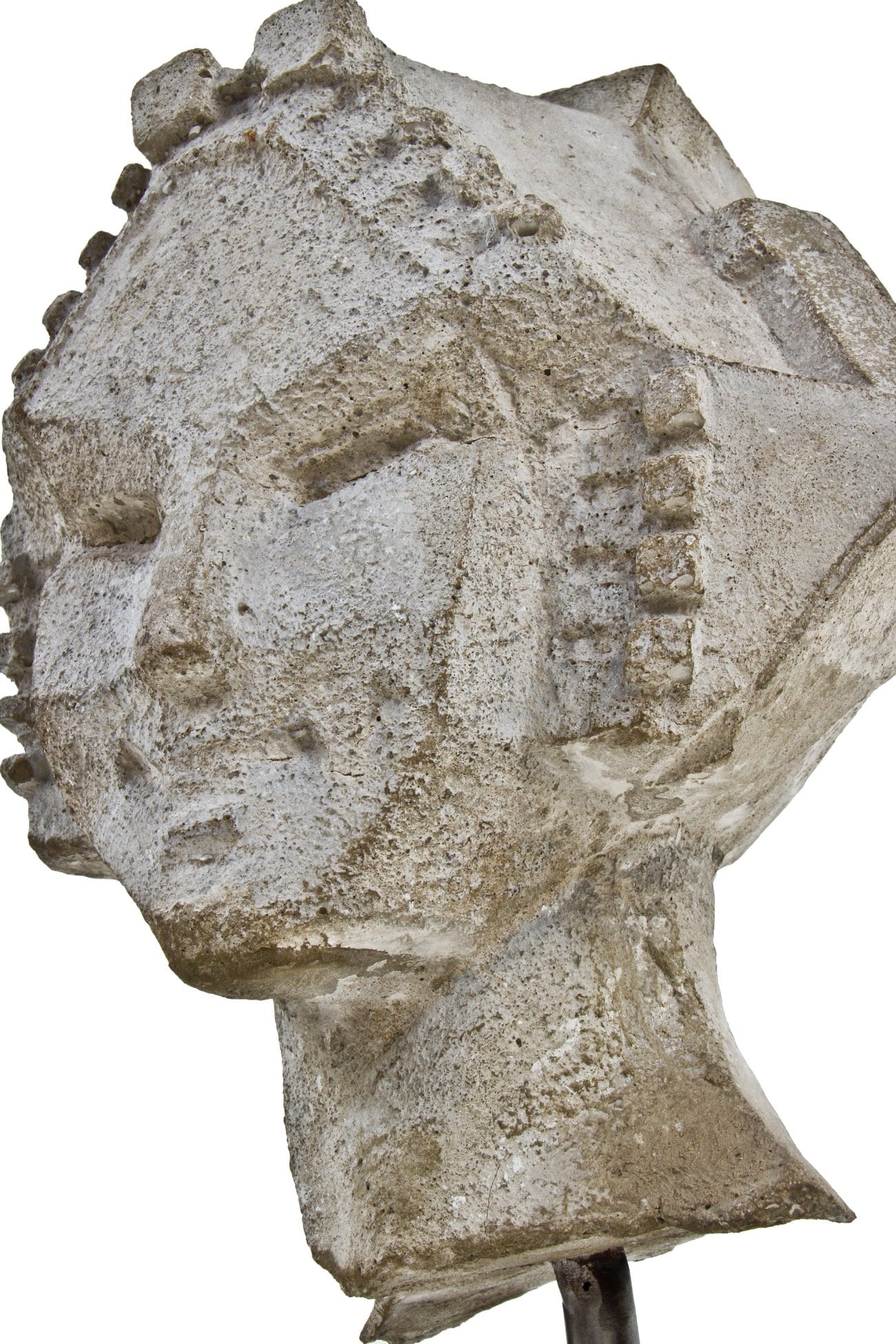
This entry was posted in , Miscellaneous, Bldg. 51, New Products, Events & Announcements, New Acquisitions, Featured Posts & Bldg. 51 Feed on March 15 2017 by Eric
WORDLWIDE SHIPPING
If required, please contact an Urban Remains sales associate.
NEW PRODUCTS DAILY
Check back daily as we are constantly adding new products.
PREMIUM SUPPORT
We're here to help answer any question. Contact us anytime!
SALES & PROMOTIONS
Join our newsletter to get the latest information
























